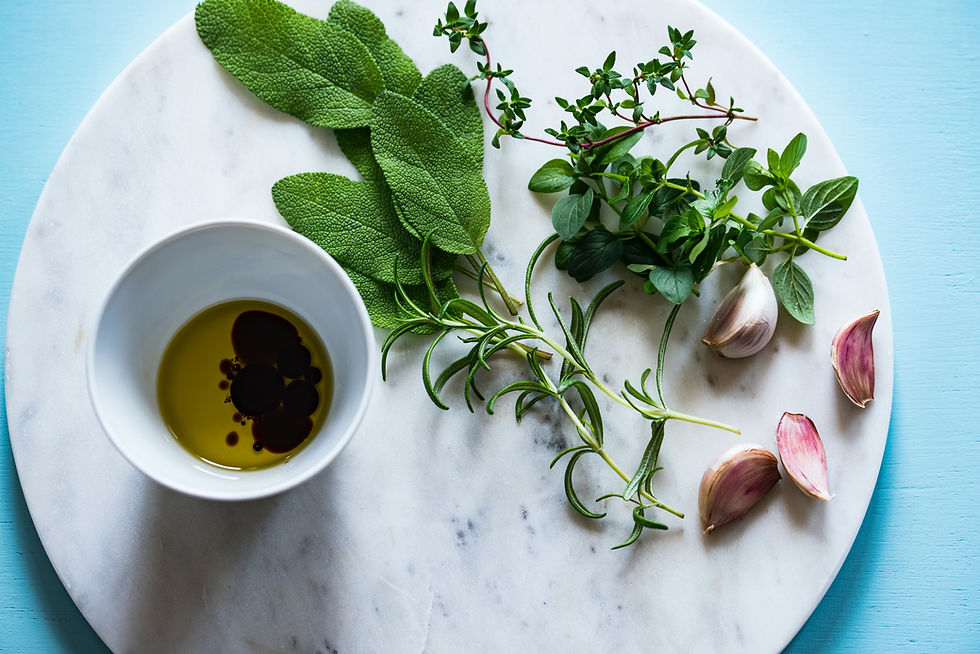How plants can replace pills
- naomigrewan
- Jul 9, 2020
- 3 min read
by Carmen Visser

Science Direct defines medicinal plants as plants that possess therapeutic properties or exert beneficial pharmacological effect on the human or animal body. These types of plants often include herbs, flowers, roots of plants and leaves of plants. We could suggest that using medicinal plants is a type of homeopathy. They are organic, cheaper (in the long run), healthier and help save the environment.
Homeopathy is a medical practice involving the belief that the body can heal itself with the help of alternative medicines. Homeopathy is considered useful and successful in treating pains or illnesses that are not severe. These alternative medicines usually include minerals found naturally and plants.
Growing a few types of medicinal plants in your garden will eliminate the need for you to buy certain chemical creams or pills from a pharmacy. This means one less plastic packet and box that is going to end up polluting the environment. In addition to this, planting some medicinal plants in your garden will also help the global warming crisis.
As most of us learnt in primary school science, plants make their own food using photosynthesis. This process basically converts light energy (from the sun’s rays) into chemical energy (in the form of organic components i.e. food for plants.)
During photosynthesis, a green plant uses water and minerals from the soil as well as carbon dioxide from the atmosphere. Once the process is complete, oxygen is then released into the atmosphere. This process helps balance the oxygen and carbon dioxide in the atmosphere.
Studies show the harmful effects of the immense amount of carbon dioxide in the atmosphere include a warmer earth temperature, higher sea levels and many more. Although growing more plants in your garden will not solve the global warming crisis, every little bit of oxygen put back into the atmosphere will help the ozone layer.
As well as helping the environment, gardening is suggested to have many other benefits. Some of these include reduced stress, better moods and increased exposure to vitamin D.

Hopefully you are now convinced to start an organic pharmacy in your garden. Here are some of the easiest medicinal plants to grow at home and their uses:
· Lavender – this flowering plant grows best in full sun and well-draining soil. It is used for better sleep and for relaxation. The plant can either be used for its’ scent or simply sprinkled over one’s pillow. Lavender can be grown from a small cutting.
· Chamomile – this flower loves to grow in full sunshine or part shade. It has been proven to help with wound healing and inflammation reduction. The flower’s white or yellow petals are usually used to make a tea, although the leaves are completely safe to use as well!
· Aloe vera – an evergreen succulent that grows with very little water and can be grown from young plants removed from an adult one. With many healing and medicinal properties, aloe vera is best known for its’ ability to soothe burnt or irritated skin. With its’ wound healing properties, aloe vera has been successful in treating foot uclers caused by diabetes. The plant can also be used to fight cavities.
· Garlic – the cloves and root should be planted in soil that drains water well, with quite a bit of sunshine. The cloves can be added to almost any meal and help lowering blood pressure, as well as lowering cholesterol. If grown carefully, this root can be grown from the garlic cloves you buy from a grocery store.
· Parsley – this flowering plant, often grown as a herb enjoys moist, rich soil and a fair bit of sunshine. The entirely edible herb is known to control allergy inflammations and can also be used to make meals tastier.
All the above plants, flowers and herbs are easy to grow. If you are looking for more of a challenge, try growing turmeric, feverfew, passionflower and echinacea. These are all beautiful medicinal plants. Please note, not all plants, herbs and flower are safe to eat and therefore, should be treated with caution. Some plants can lead to death if eaten, others can cause severe sickness and pain.

Medicinal plants are one of the earth’s most valuable resources and if we are not careful, they might all disappear. Grow and share your medicinal plants sustainably and in a way that will conserve their existence. A small step such as giving a cut-off of mint to a friend will help ensure that these plants live a long life.
Sites which provided researched information for this article include Healthline, Rochester and Country Living.









Comments